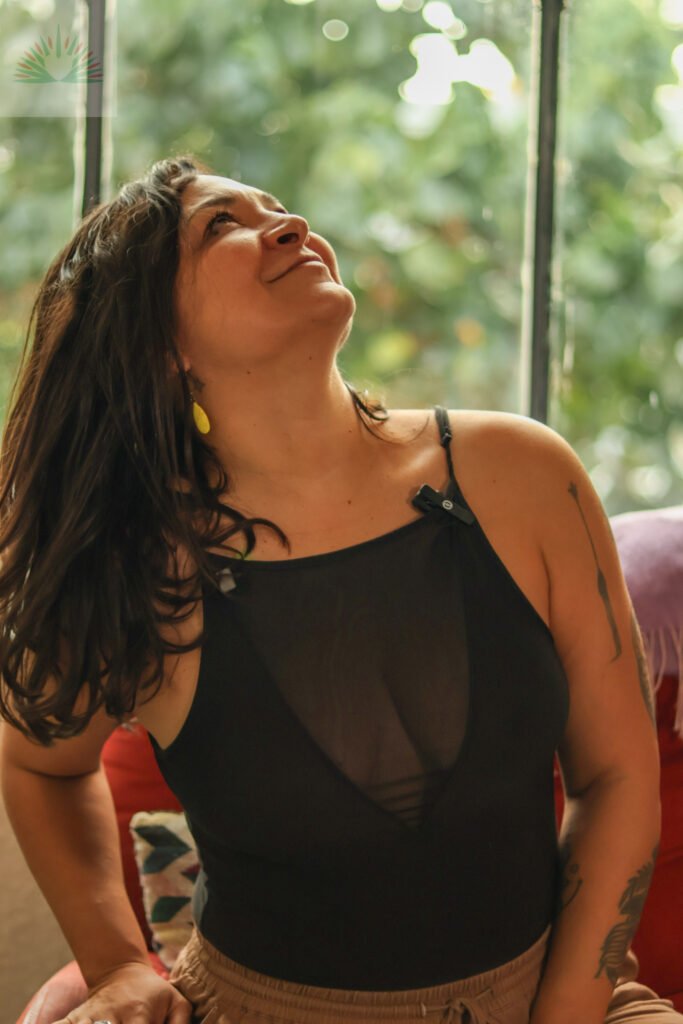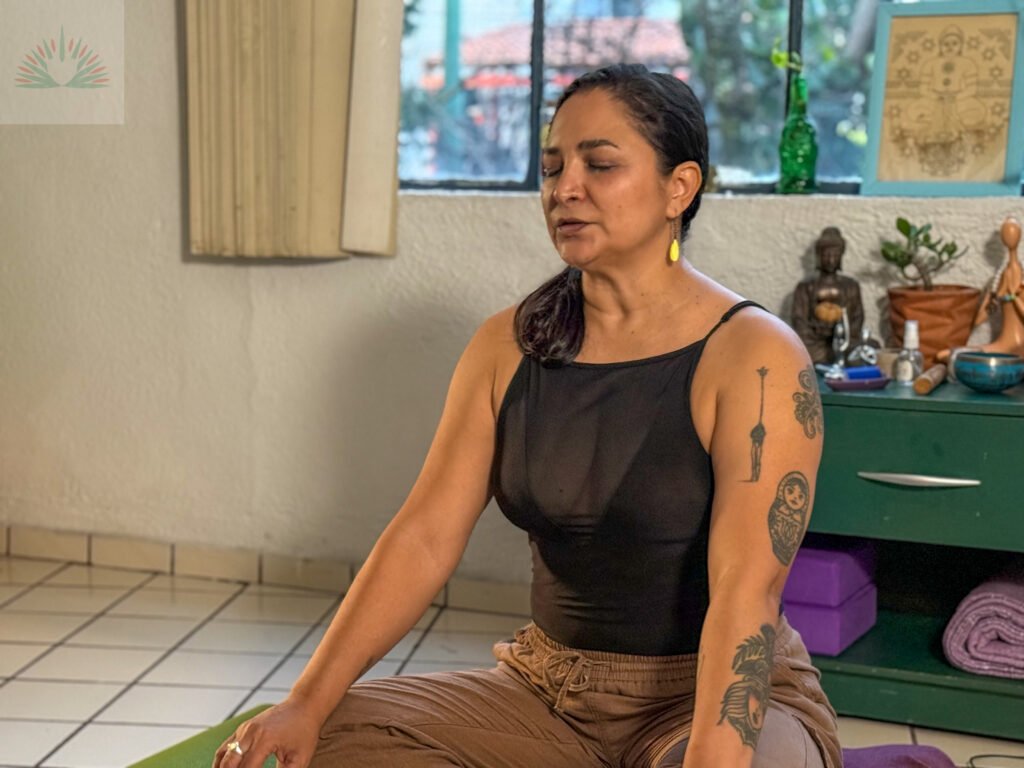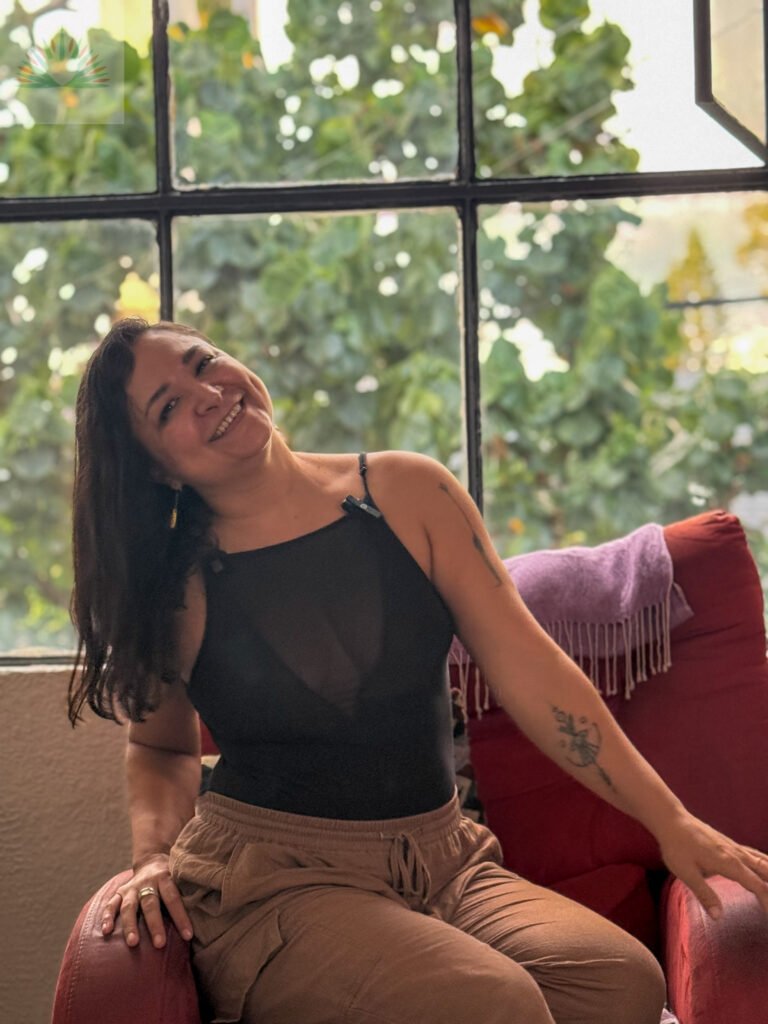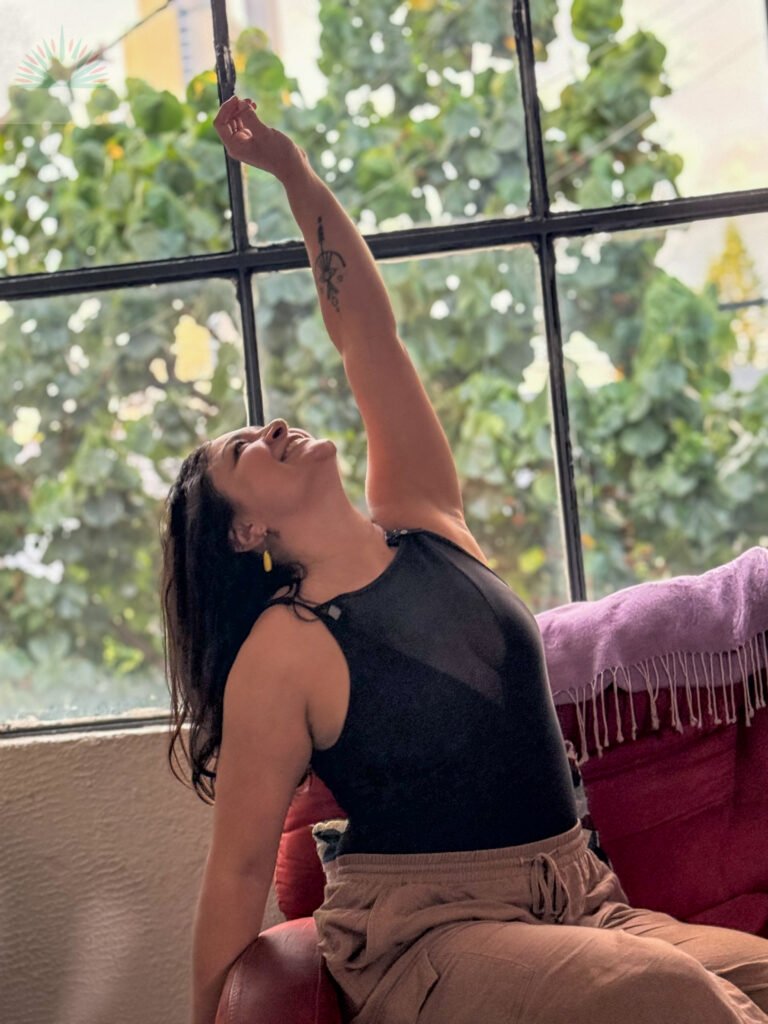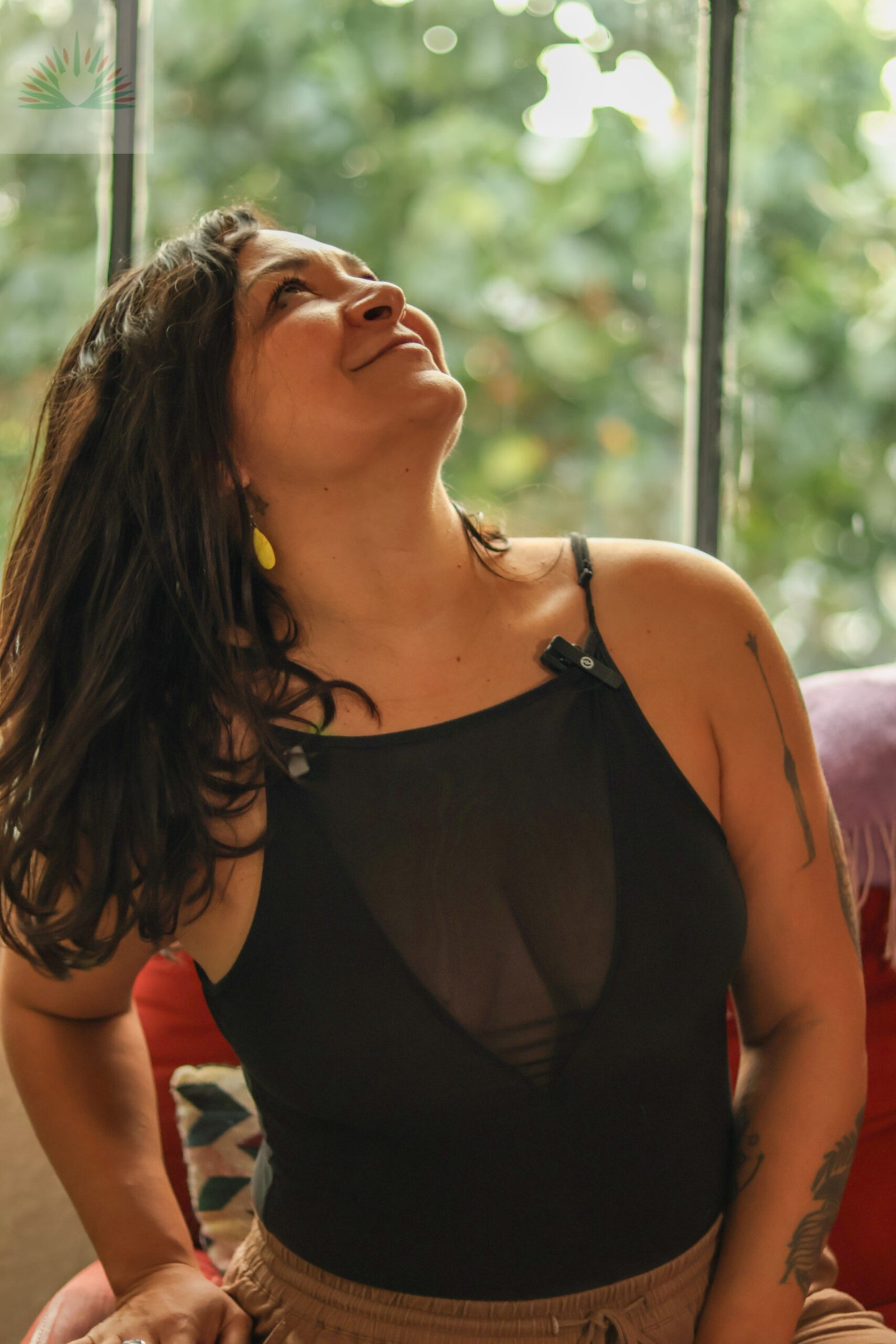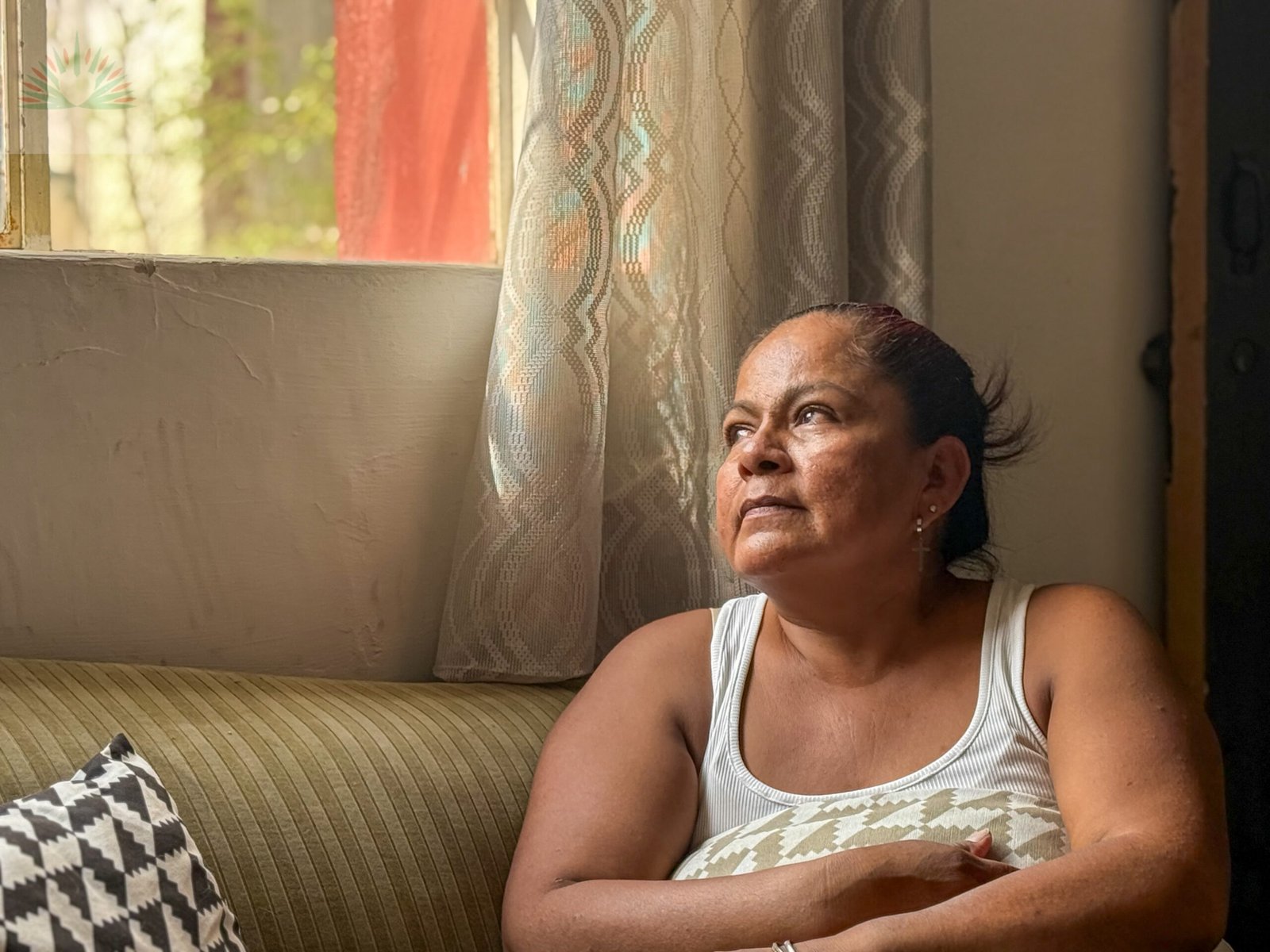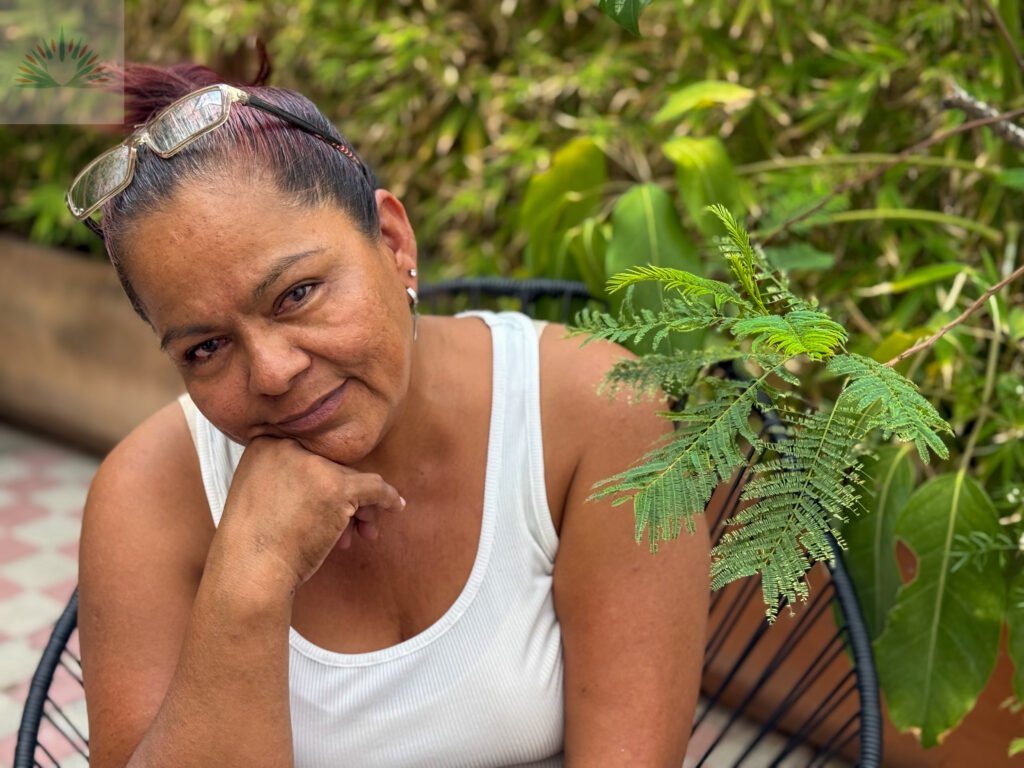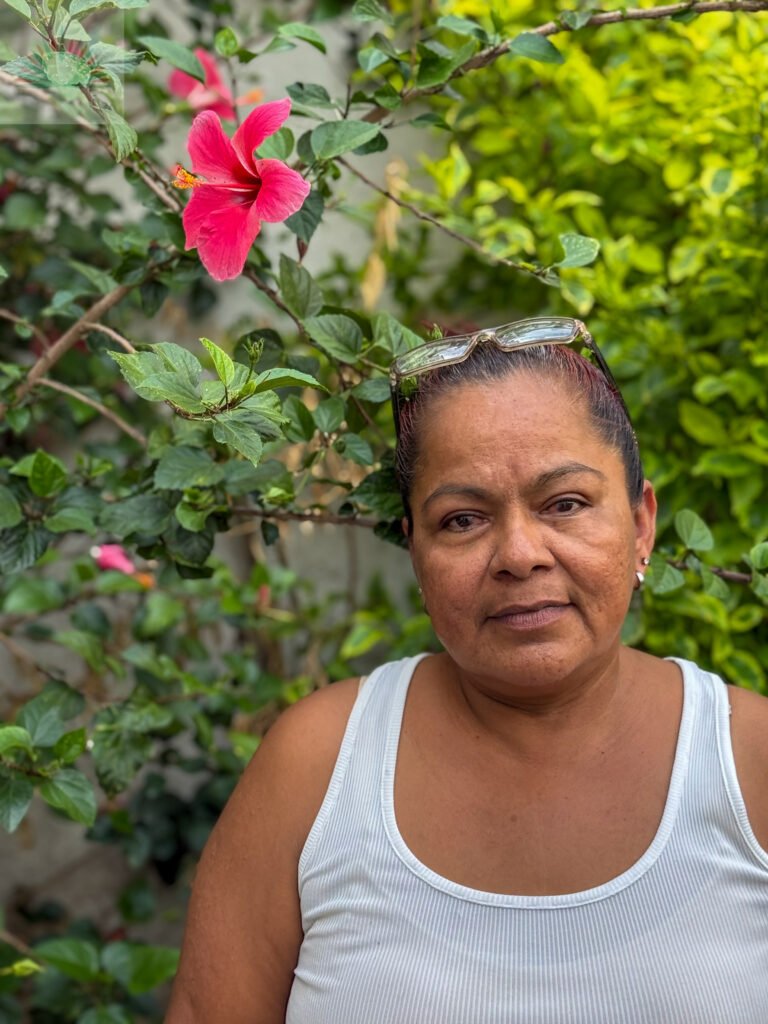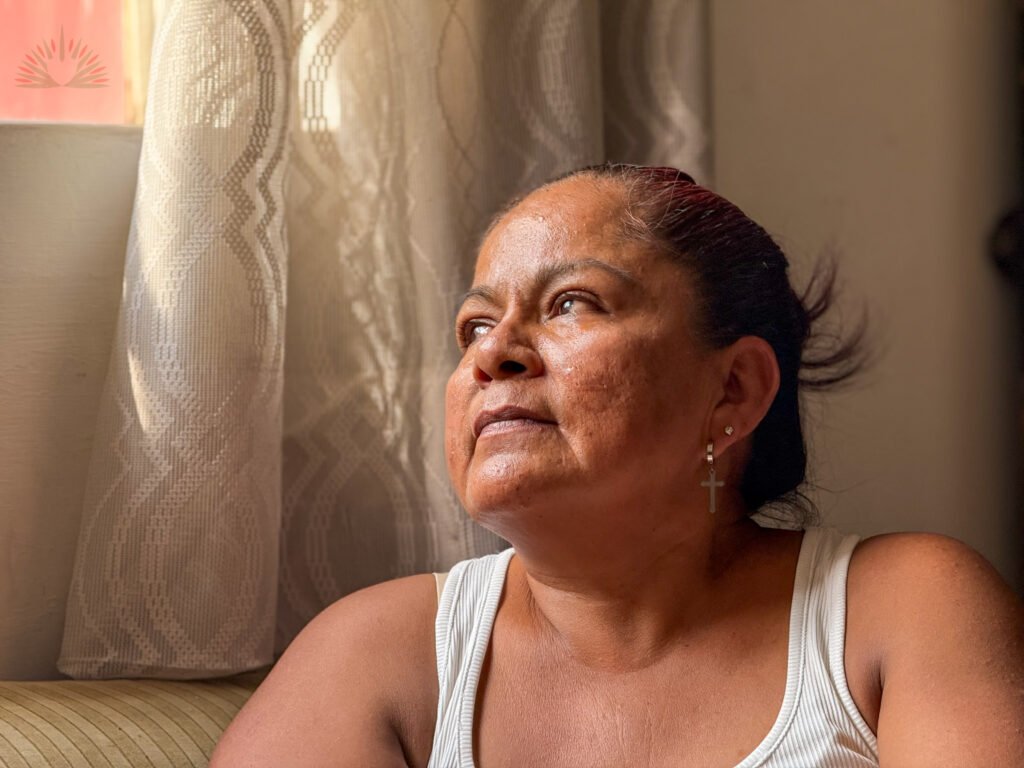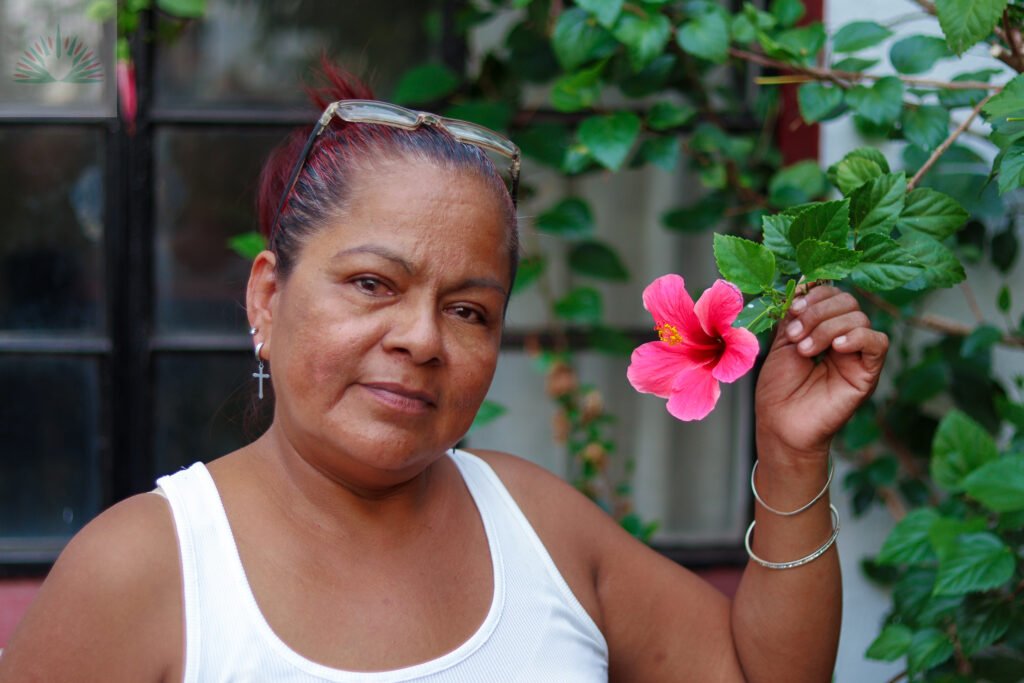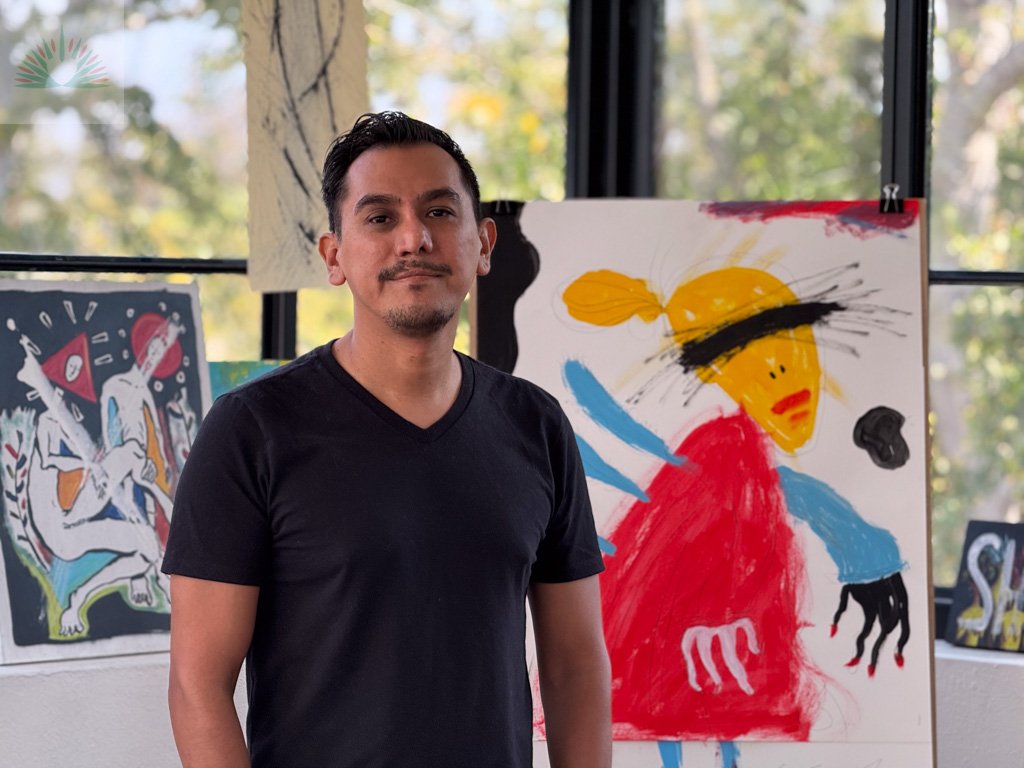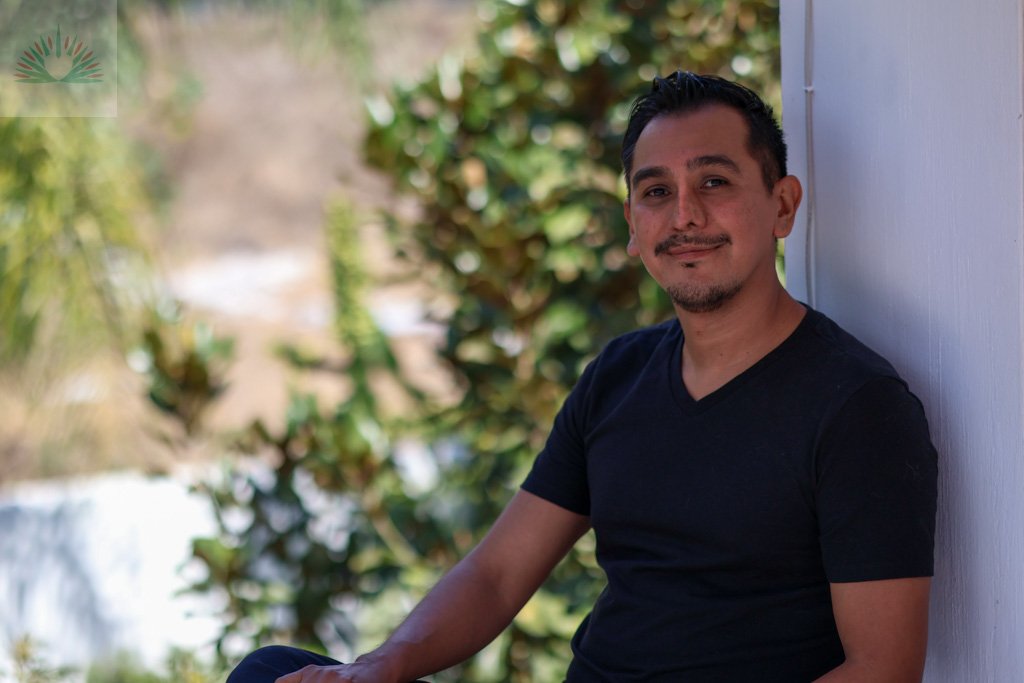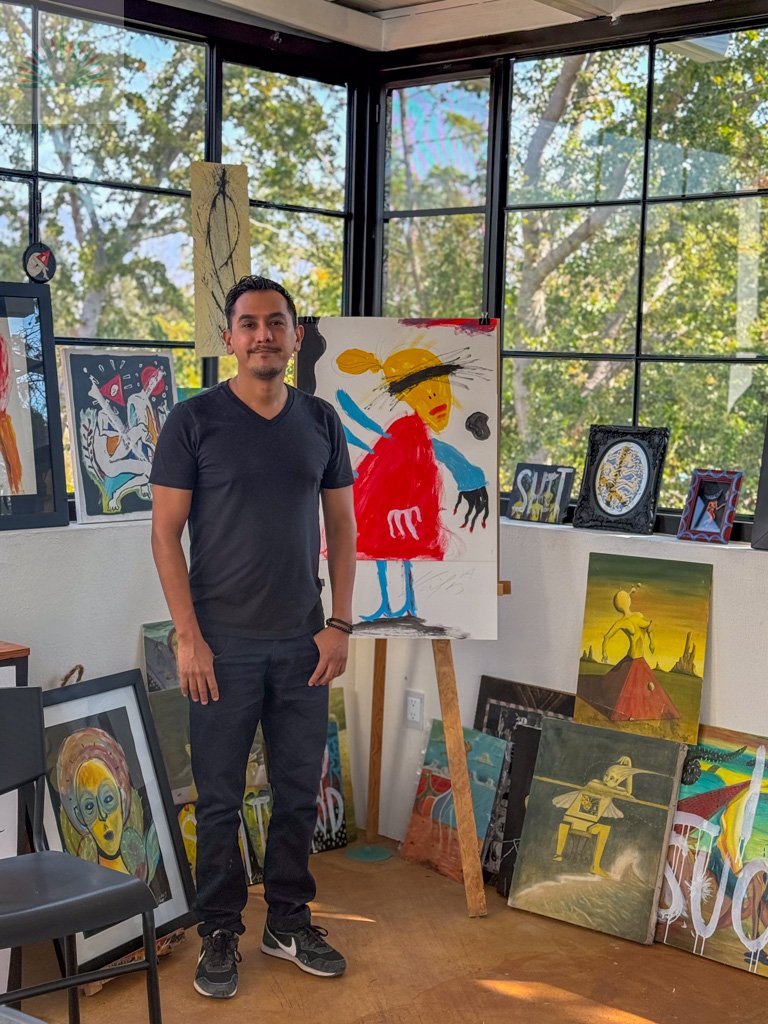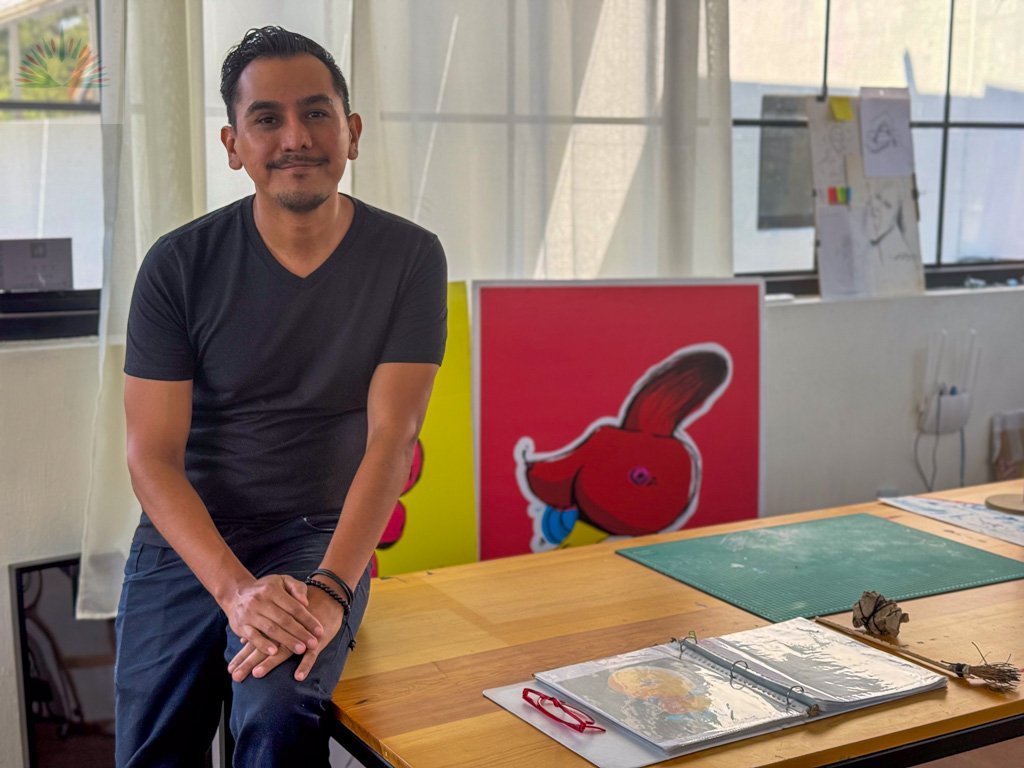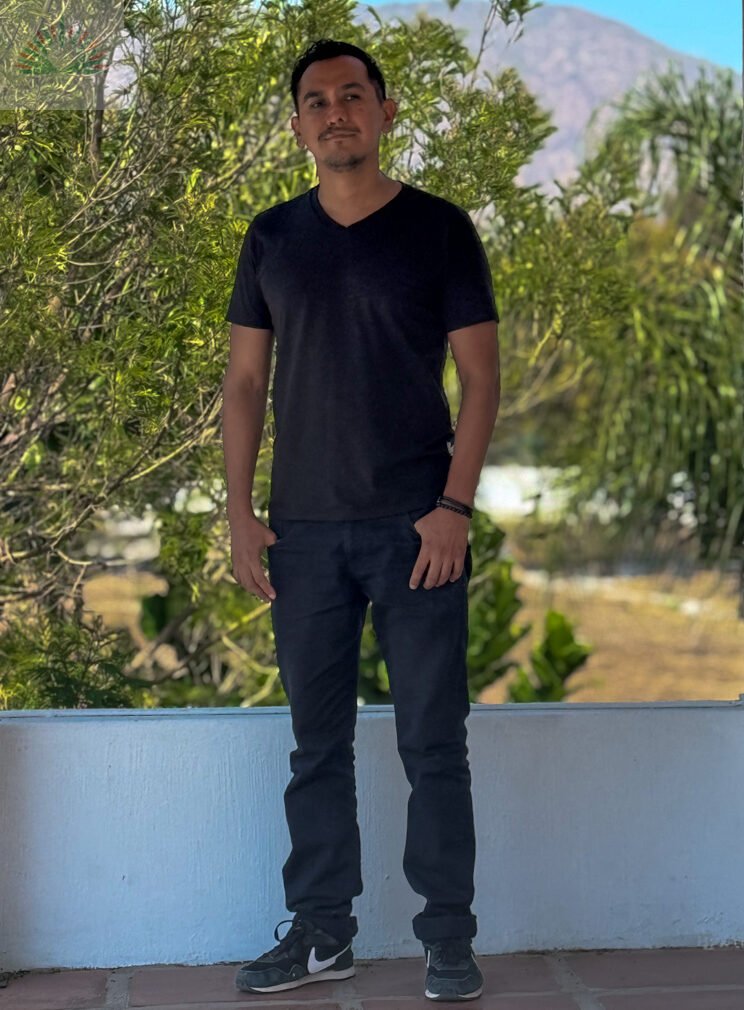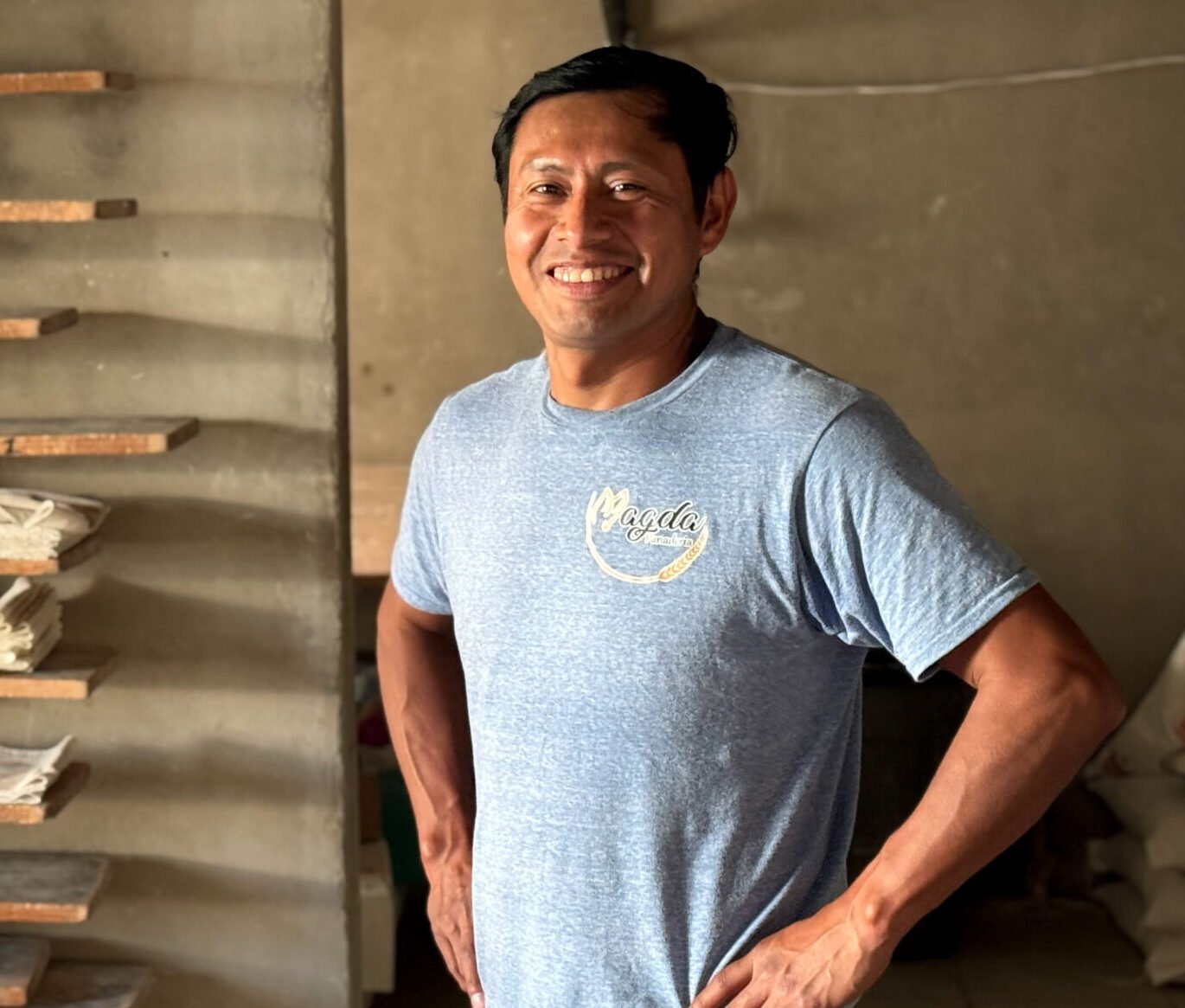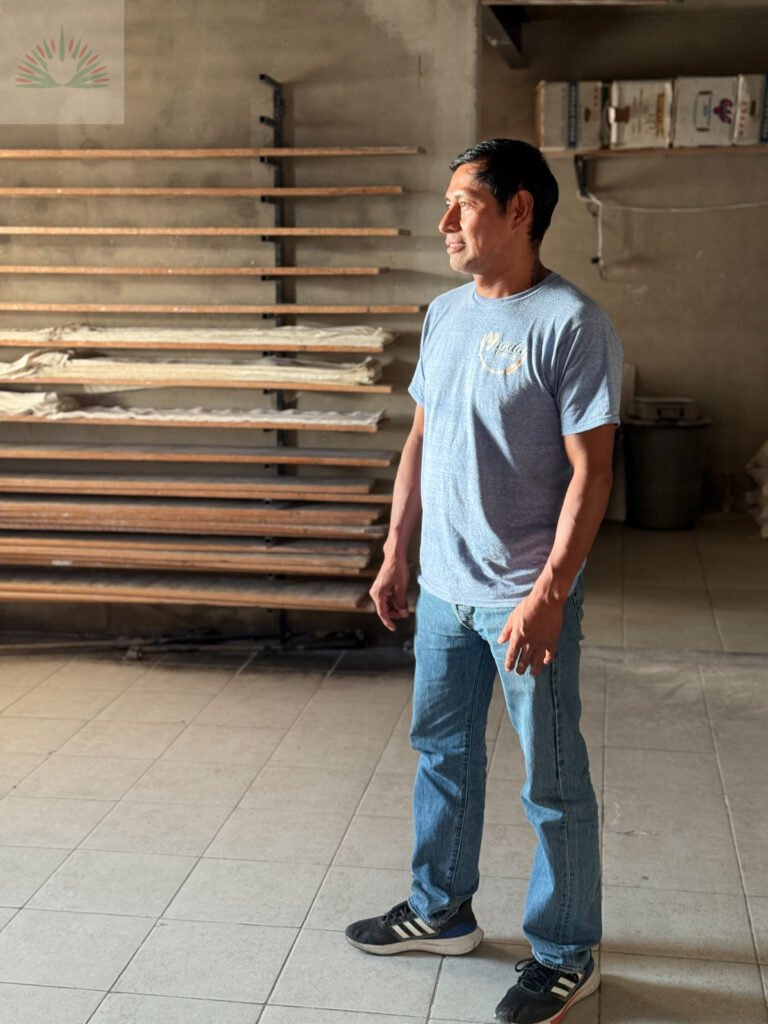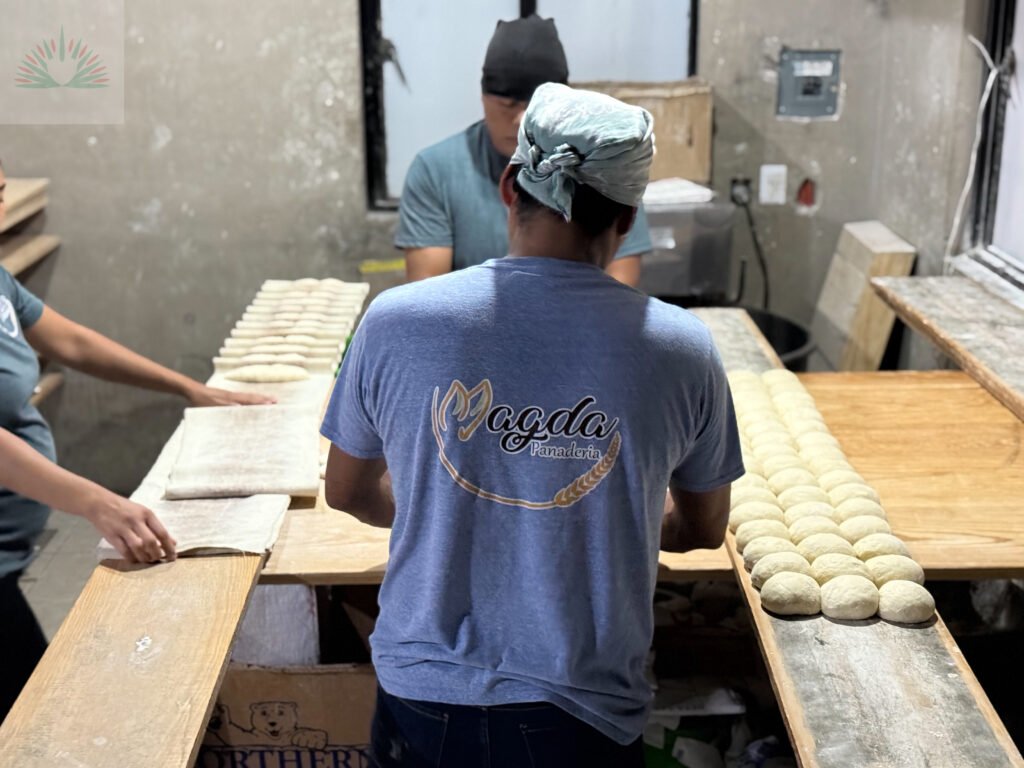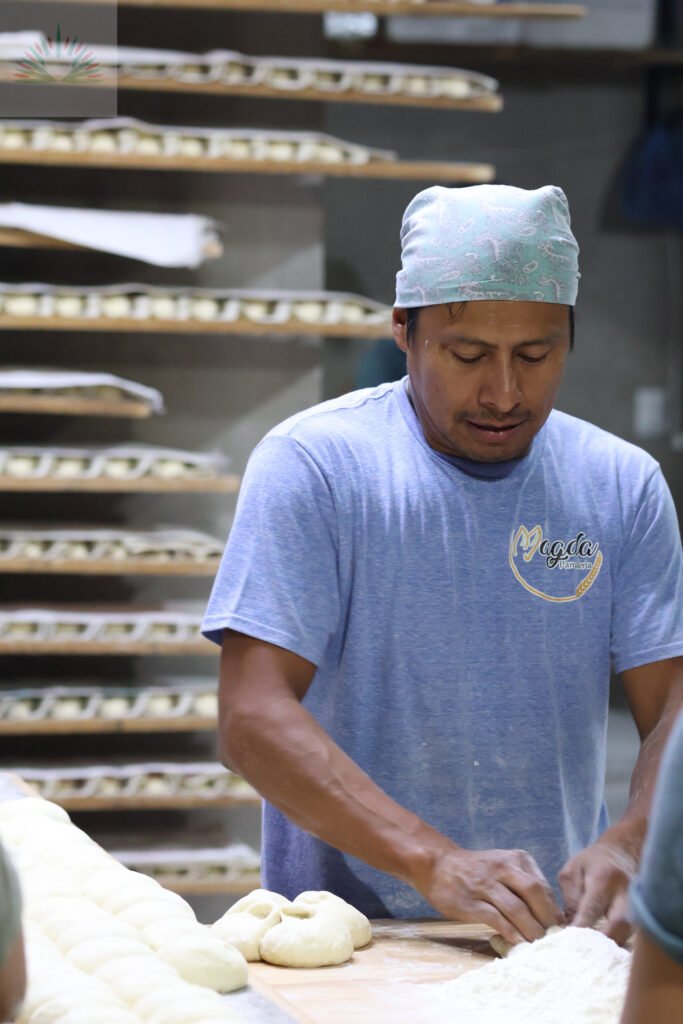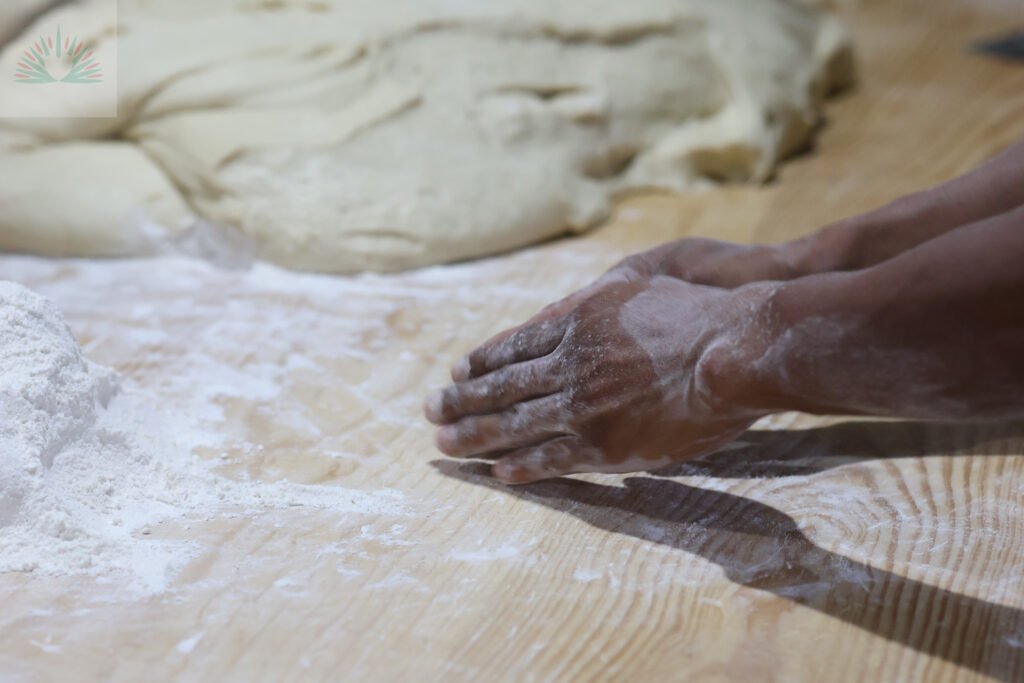Psychologist, former national gymnast, yogi, and proud Tapatía. From the discipline of Olympic-level gymnastics to facing an autoimmune diagnosis, Nadia’s journey is one of resilience, empowerment, and defying societal expectations placed on Mexican women. Instead of following the traditional path of marriage, motherhood, and family duty, Nadia chose independence, self-love, and leadership.
In Mexico, tradition often carries weight. For women, the path has long been defined by expectations: marriage, motherhood, and family duty.
So what happens when you decide to build your life outside of the roles tradition has written for you? What does it mean to choose independence instead?
I want to introduce Nadia, a psychologist, athlete, and yogi from Guadalajara. From Olympic-level discipline to facing an autoimmune diagnosis, from rejecting societal pressures to embracing independence, her story is about courage, empowerment, and redefining what it means to be a Mexican woman.
“For me, being a woman, I suppose it’s a privilege. I think women have a much more fun life. So to me, that feels like a privilege: that we allow ourselves to feel any emotion more easily, that we allow ourselves to dress more freely, that we allow ourselves to use colors, that we allow ourselves to express emotions. Everything, everything is allowed to us in a freer way, and that definitely makes life more fun. On top of that, I’m a curious woman, and well, being a woman has helped me to do all of this without fear of being judged.”
Nadia remembers realizing early in life that she didn’t want the traditional path.
“When I was a little girl training in gymnastics and traveling, I actually lived in the Olympic committee for many years. I got used to living with many other girls and my coaches, or with my sisters and my mom—we were a team. When I started my teenage years, my mindset was: I don’t want to get married, I want to build teams—I always said that. No, I don’t want a family, I want to live in community.”
“This independence I have now, in a way, came when I realized that I was truly renouncing—by choice and by decision—that I didn’t want to be a mother.
“And living alone definitely requires having many tools to be independent.
“I’ve spent the past three years fully depending on myself.
“I think it’s so important for those of us already here to share and to help these younger women understand that this is a new way of living—and yes, it really is a good option, it’s super cool. Discovering your independence, discovering that you are enough. And I really love living it.”
Instead of being defined by what she lacks, Nadia highlights what she has built — a life of autonomy, strength, and leadership. Her independence challenges stereotypes
And this story begins with gymnastics. As a child, she didn’t just play — she trained. For nearly a decade, she represented Mexico’s national gymnastics team.
“The fact that I had the opportunity to be on the National Olympic gymnastics team for about 10 years, mostly during my childhood and adolescence, gave me so many experiences—experiences of learning about myself and about the world through a methodology completely different from a normal education. Because, honestly, I can hardly say that I attended a traditional school.
“Still, because of the intensive training, I developed very strong cognitive skills thanks to the methodology of sport. Learning the discipline of Olympic gymnastics, learning training methods, along with all the values you need in order to be not just an athlete but a high-performance athlete, made my way of understanding life very special. Now, as an adult, it has made me a very resilient woman, very positive, very methodical, resistant to the difficult things in life, very curious, and very brave.
“It teaches you that there are cycles, just like in life.In sports—and specifically in gymnastics—everything works in cycles. Gymnastics is cyclical, and these cycles are divided into the four Olympic years. Within those four years, there are a series of evaluations where you have to prepare so that when this stage of evaluations ends, you’re at your best at the right time, which is almost a year before the Olympic Games.
“You learn to live with this four-year methodology. Four years—it sounds simple—but counting every day, where each day matters so that you make it, takes a lot of patience, discipline, tolerance, resilience, teamwork, and sacrifices. In the end, you understand that all this effort produces results, and the positive comes, the achievements arrive.
“I really like the idea of sowing and harvesting—it’s the same. In every process, whether in gymnastics or in life, I’ve learned that it works with this methodology.“
Training for years in four-year Olympic cycles taught her that life, like sport, requires sowing, watering, and waiting before you reap.
But her journey was shaped by both inspiration and pain. Nadia reflects on her father:
“I think my father was someone who, if he helped me in something positive, it was that he pushed me to be brave. To not have this feeling that… because I didn’t have money, because I didn’t have privilege, I should feel shy or insecure. That—yes—that may have helped me.”
But it was also complicated:
“My father was diabetic and also an alcoholic, though no one ever diagnosed him. But now that I’m a psychologist and I remember his attitudes, his failings, his actions… I can understand that my father was both an alcoholic and someone with a very advanced case of diabetes. So, as an example of a person, well—it’s very hard for me to accept him. It was difficult, it was difficult to have a relationship with a machista (chauvinist)… What’s more, then we are three women, the daughters, we are three women. My sisters will have their story and their memories. In my case, I deeply regret not having had a protective father figure, a healthy father, a father who was present as part of the family. I don’t have memories of much security with him; we weren’t friends, and I regret that very much now.”
Her mother, though shaped by traditional roles, later became a role model.
“When my parents separated and my mother began her life as a single woman, let’s say, she started setting many, many examples for me—examples that I now want to remember her by and thank her for, because they have helped and shaped me.
“My mother, at this moment, at 70, now 71, almost 72, is working as an actress and as a painter, after having gone through depression.
“If there’s something I have to acknowledge about her, it’s that she is a very tenacious woman. From her, I learned to be curious, to not give up, to be kind, to move, to keep moving. And she did just that and discovered a part of herself full of talent, joy, and tenacity, which she’s now enjoying—and my sisters and I are very proud of her. That, that gives me a lot of peace.
“I’ve always told my sisters and my mom that if there’s one thing we can do among ourselves to show love, it’s to take care of each other—and we’re doing that very well. My two sisters are also great people, each of whom I admire in their own way. They’re making good stories out of their lives, both of them are very, very beautiful, very hardworking, very family-oriented. My family is a great support.”
But for Nadia, family isn’t just blood. It’s community, chosen bonds, and shared purpose.
“For me, family does not mean this group of people who come to you naturally. Family is those people who nurture you along the path of life and who don’t necessarily share your last name. It’s not something you can take for granted, it’s something that is fed, cared for, sought out.
“Family, even, are people who unite for a common purpose. We are more than family, we are a team.”
This redefinition of family reflects her larger philosophy: love, resilience, and empowerment are choices. And in a world still shaped by patriarchal structures, her life itself becomes an act of resistance. And life tested Nadia again in 2019. Without warning, she collapsed, experiencing paralysis and vision loss.
“5 or 6 years ago, In 2019, I had a crisis in which, without warning, one day I fainted. They took me to the hospital, and I began experiencing what doctors call diplopia—which is like the vision of flies, fragmented —along with paralysis of the tongue and half of my body on the left side. I was diagnosed at that moment with a minor stroke, and I left the hospital 15 days later with a possible diagnosis of multiple sclerosis…
“The official diagnosis is neuromyelitis optica.
“Neuromyelitis optica is a very, very little-studied autoimmune condition, and so, because of that lack of research, there’s very little information about it. And I think that was
“Once I had this diagnosis, and I understood that tobacco could have been one of the causes for why it happened, I definitely quit. And now that I’ve gone six years without smoking, I feel super proud—super proud. And it’s one of the things I can actually thank the diagnosis for, because it made me aware of the importance of taking care of my body.
“At the beginning I was very scared, because this lack of information makes you uncertain.
“However, with this treatment that works like chemotherapy—not as aggressive as cancer chemotherapy, but it is an immunosuppressive chemotherapy, that’s what it’s called—which lowers the amount of protein that causes this inflammation in me. It has to be applied every six months, and depending on the lab studies they also do every six months, they decide if they give you one or two applications each semester.
“At first, it could be seen as a negative situation. But right now, honestly, for me it’s an indicator of how I should observe myself in order to know how to make decisions that keep me balanced—in my mental health, in my physical health, and in my professional decisions. Thanks to this autoimmune condition, I’m working on what I’m most passionate about. Now I can actually give thanks to this condition, which might sound really strange, almost like Stockholm syndrome—but it’s not. In reality, it’s not about falling in love with the diagnosis itself, but about falling in love with, or giving thanks for, what it provoked in me—in my personal growth and development.”
As part of her healing, Nadia found strength through Yin yoga and psychology:
“I discovered Yin yoga as a form of therapy for myself, since this autoimmune condition is connected to a weakness in my central nervous system. With this weakness, sudden crises appear without warning, and my body develops inflammations. These inflammations are what cause me problems like losing my vision, losing movement, feeling heat, pain, burning in my limbs like my legs, or severe stomach discomfort, chronic fatigue—everything related to extreme sensitivity in the central nervous system.
“So, yoga has been helping me a lot, physically at first, and later also in a deeper way. It has become a way to understand both the diagnosis and life in general in a simpler way. Yin yoga creates a meditation, a contemplation inward, that helps you get to know yourself and face life more calmly.”
As a psychologist, she practices Acceptance and Commitment Therapy, blending science with mindfulness.
“This approach invites you not to see psychology only as mental processes, but also to integrate into this work the part of meditation and mindfulness, bringing a lot of awareness to the fact that mental processes are also joined with spiritual processes.
“So, this type of psychology, which is the one I use to accompany my clients, helps a lot to go inward, to know yourself, and with a lot of compassion begin to accompany your nervous system, your wounds, your ego, all those actions and thoughts that trip us up in the present, to start letting go, lowering your guard, in order to learn new methods to be able to exist in this world. So…Imagine that self-knowledge is a country, and these two practices that guide my life are like a language I’ve learned to enter that country and make myself known there. That’s how I feel it. It’s a very easy way to live with my inner self and to communicate with it. That’s how I feel it.”
Her work and her practice became more than careers—they became survival tools. Nadia’s strength isn’t only discipline — it’s spiritual. She found peace not in religion, but in daily rituals of gratitude and mindfulness.
“Spirituality is not solely understood under any religion, but spirituality is understood through the values of deep gratitude—every day, connecting with this gratitude for who I am, for everything I already have, and for the joy of living it. And above all, also, what is important for a woman to be successful as a Mexican: much compassion, a lot of patience, recognizing that I am an imperfect person and that with calm and trust in myself, I will be able to overcome everything that each day brings as a challenge. I believe those two things, which are spiritual, are what right now keep me very peaceful and happy: gratitude and trust.
“And how to train it? Well, as simple as that—just start breathing, for example. It might sound like a cliché, but it’s something super important: to connect with your inner self, to practice breathing techniques. Every time you feel overwhelmed, it helps you relax, and that is spirituality: going inside yourself and giving yourself permission to receive a little care. Allowing yourself five minutes to be with yourself and to tell yourself, whatever comes, even if it’s very difficult, you’re going to do the best you can.”
No story of empowerment in Jalisco is complete without tequila — a cultural symbol deeply tied to Mexican identity. Even in lighter moments, tequila becomes a symbol of celebration, connection, identity, and joy.
“For me, tequila is definitely the alcohol I like the most. I don’t know if it’s because I’m tapatía (from Guadalajara), but definitely, if it’s about spending many hours drinking, it’s what I like the most. Because you can drink it straight and it tastes delicious, because you can mix it with something refreshing and it’s also delicious. Because the mood it puts you in—the alcohol—it’s for partying, for dancing, for shaking off shyness, for forgetting your limitations. So, tequila definitely has to do with my personality.
“I know that everyone gets a hangover the next day, but tequila is the one that physically has allowed me to say, ‘When are we having the next one?’ Okay, that’s what I really like. Tequila—for the most part, I drink it straight. I like to take a little shot glass (un caballito) and some sparkling water. That’s how I enjoy it the most.”
For Nadia, tequila is more than a drink—it’s Mexico’s spirit distilled:
“Tequila has become famous because, around the world, people associate it with love, with fun, with partying—with the very same feelings I just told you about, which it really does provoke in me. And I think that in other countries, when people look for those kinds of emotions, they think of tequila. They always link it with these reactions—of celebration, of love, of joy.”
Her favorite?
“White tequila. White tequila, the brand… lately I’ve been drinking Cascahuil because I have a friend who owns bars, and she was the one who recommended the brand to me. I decided that the one that tastes best to me, just on its own, is blanco tequila.”
Tequila reflects how Mexico is seen around the world — vibrant, festive, and full of life. For Nadia, it’s a reminder that joy is also part of resilience. It’s part of her pride
“I think being Mexican is something to feel proud of. I believe that every place, every country, every foreigner I’ve lived with, speaks about Mexico in a very beautiful way. Honestly I think I am that definition of being Mexican: I give love, I bring fun, I bring warmth, I’m empathetic, I’m affectionate with people. That’s how I was raised, and I love it. I love to celebrate anything, I love that we show affection, that we give each other security. I like that definition and those values I was raised with as a Mexican.
“On top of that, the country itself is beautiful. I lived in India for five months, and I realized that countries with as many hardships as they have—and like we Mexicans do—also hold so much richness inside the country. That’s what makes us really special: our food, our delicious climate, the tourist areas, mountains, rivers, beaches, sands, jungles, animals… we are rich. Mexicans, we are rich.”
Her pride in being Mexican blends with her pride in breaking molds. By traveling, working abroad, and comparing roles of women worldwide, she realized she could choose—choose independence, choose joy, and choose empowerment.
“The profile of Mexican women, who are now shaping ourselves with this new clarity about all these positive values we carry and about how resilient we are—I believe we’re a great profile for any part of the world. We could be very good leaders, speaking about leadership in families, in work groups, in communities. We could be part of their teams—of any kind of team—to create better projects.”
And her message to younger women is clear:
“A lot of self-love, a lot, a lot of self-love. And within that self-love, to have this patience and this tolerance so that, little by little, the experience of the years will show you which things are truly important in life. When you allow yourself this patience and this trust, it’s enough, it’s enough.”
Nadia’s story is about breaking boundaries—choosing independence, embracing resilience, and showing that empowerment is possible outside tradition.
Her voice reminds us:
“The truth is that our central nervous system—with this capacity it has to see what you want to see, both the negative and the positive—if you decide to see the positive, you really see it, you really do. And I’ve experienced it, so every time something happens in my life I try to see the positive side of it, and yes—it’s worked.”
A declaration that empowerment isn’t just about personal triumph. It isn’t just about saying no to tradition, it’s about saying yes to yourself, proving that strength, independence, and resilience are not exceptions but powerful ways of beingThis is the essence of 365 Days of Tequila: stories of resilience, joy, and identity that define modern Mexico.
